Mercedes-Benz is targeting one of the final barriers to what it sees as widespread electric car adoption by making the time it takes to charge as quick and convenient as filling up at a fuel station.
At the centre of this push is an advanced rolling laboratory known as the Experimental-Lade-Fahrzeug ('Experimental Charging Car'), or ELF for short. Based on a V-Class, it has five different charging ports and serves as a fully mobile research hub designed to explore the outer limits of charging technology – from extreme electric energy transfer and battery cooling to bidirectional energy flow, automated inductive and conductive charging, solar charging and more.
The push for increased charging speeds has become the main focus, as Mercedes believes the challenge of range has already been largely overcome. Its latest electric models, such as the CLA EQ saloon, come close to 500 miles, a figure that puts them within striking distance of diesel cars for outright range.
“The next battle is about convenience,” said Malte Sievers, Mercedes' head of charging development. “Customers want charging to be as quick, seamless and effortless as refuelling. That’s where our work with ELF is focused.”
Charging speed
The ELF is equipped with two types of cable-based charging systems: a dual-port Combined Charging System (CCS) and a heavy-duty Megawatt Charging System (MCS).
The CCS uses ports on either side of the front bumper and is designed to push production-ready components to their limits.
Mercedes says the ELF is capable of hitting up to 900kW - enough to add 100kWh of electricity in around 10 minutes at a current of up to 1000 amps. That’s roughly three times the capacity of the new GLC EQ.
The MCS system, derived from electric truck technology, takes things further still. Plugging into a port behind the three-pointed star in the centre of the grille, it subjects the battery to loads above 1000kW to test thermal resilience under heavy charging conditions.
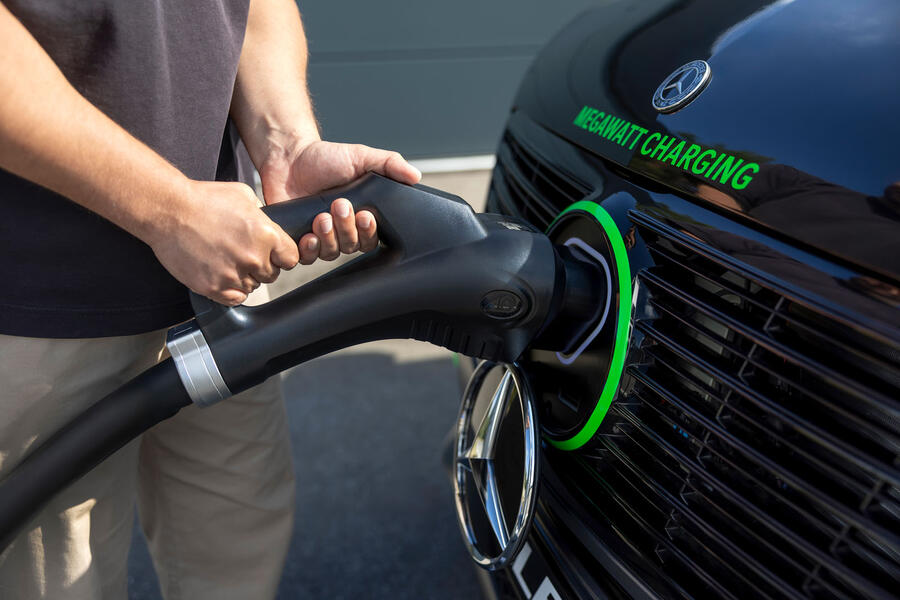


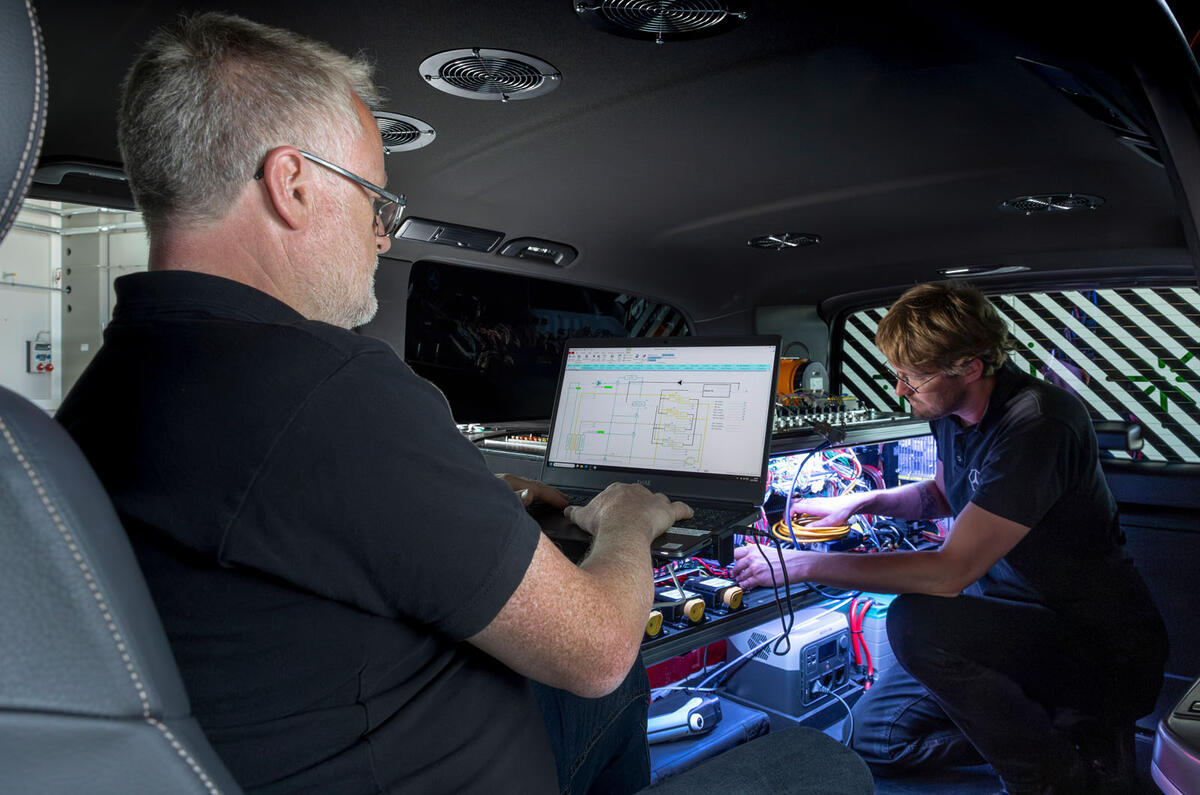
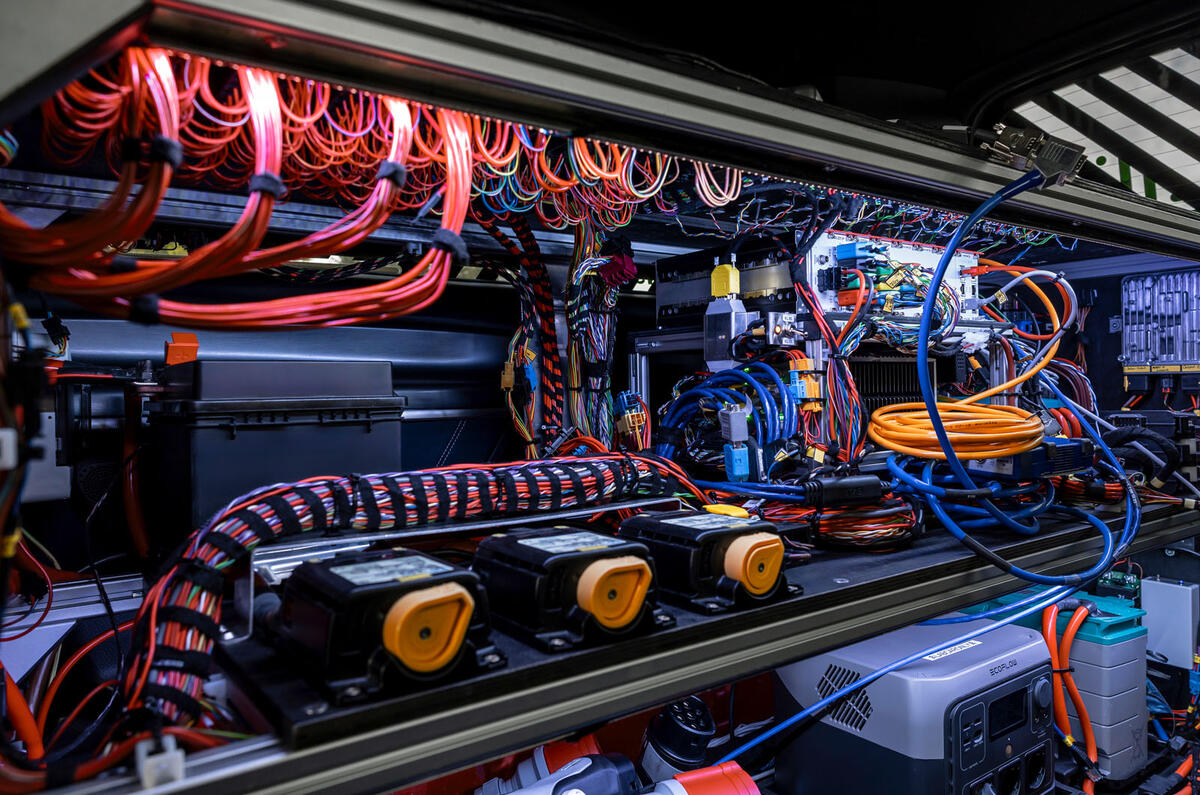
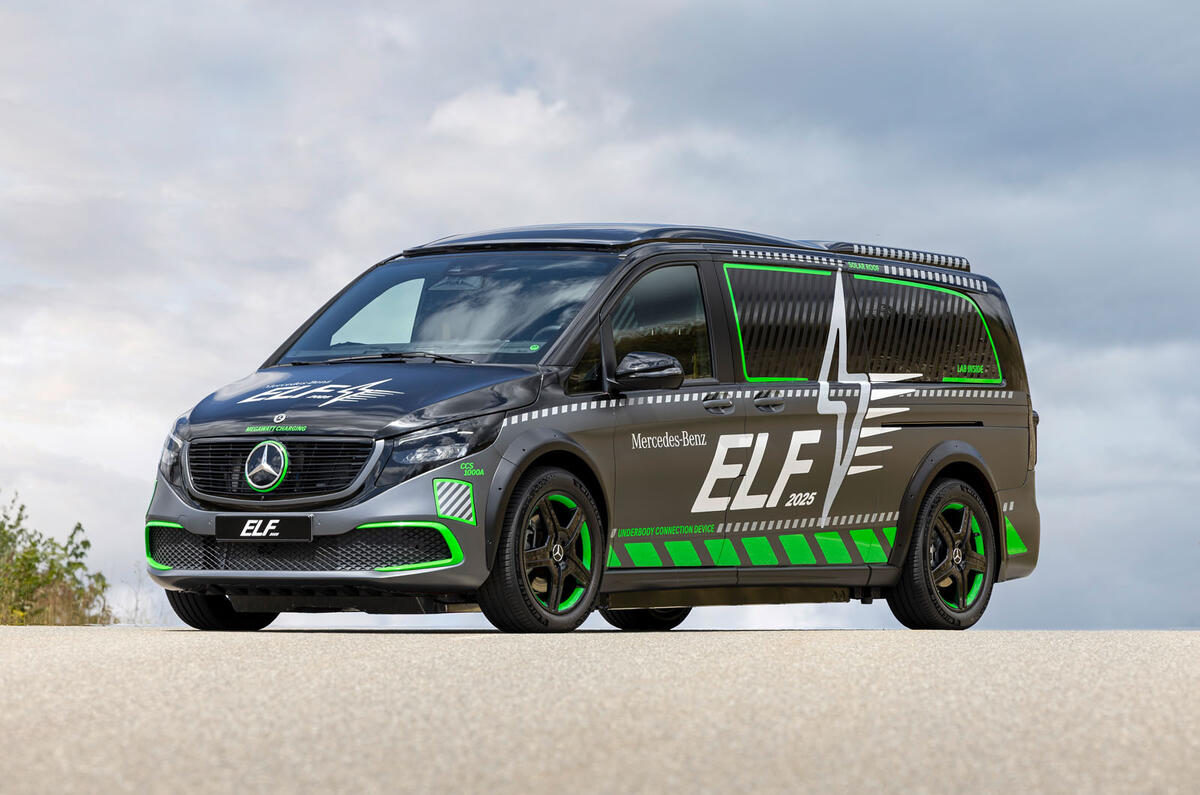
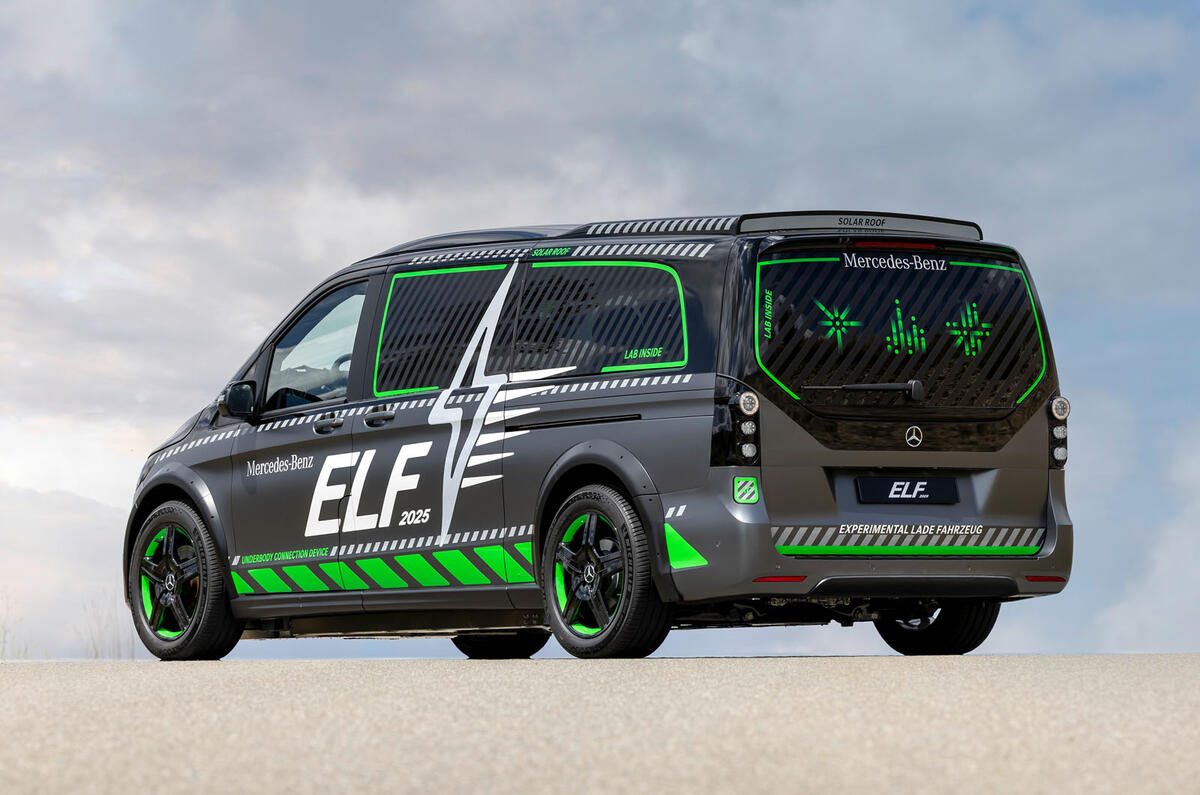
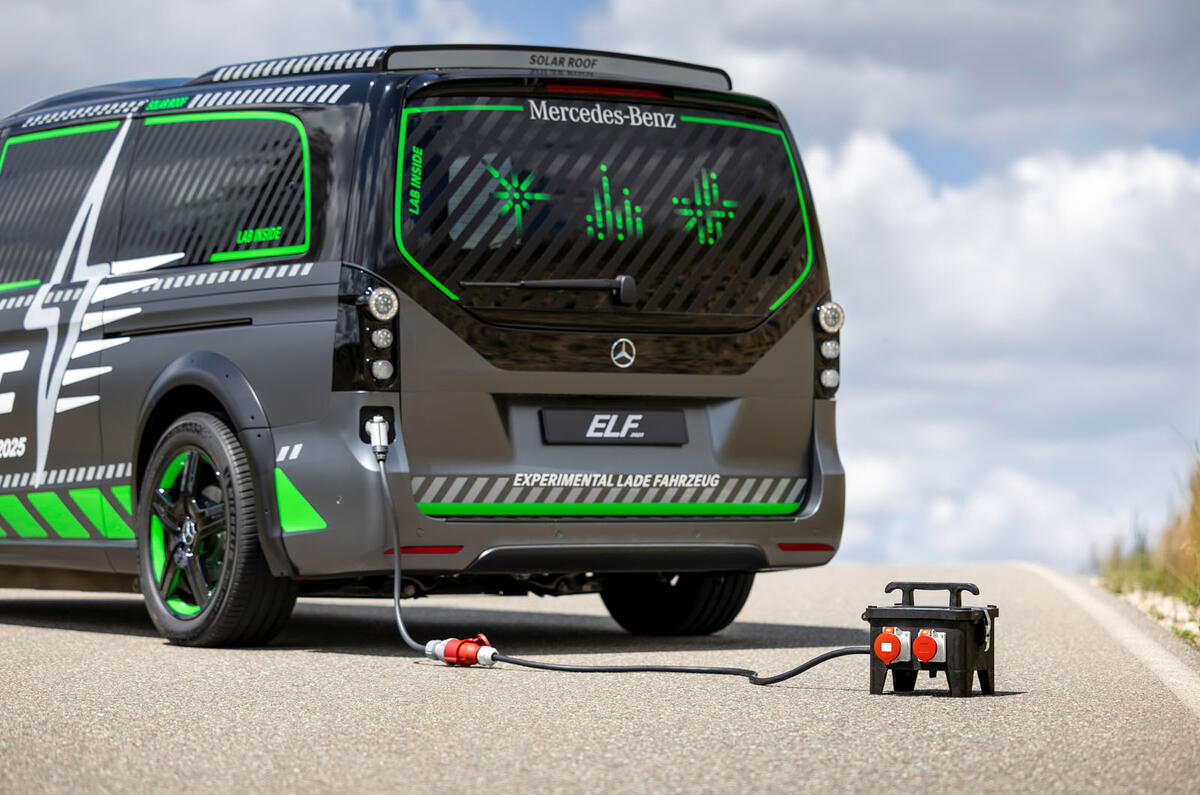
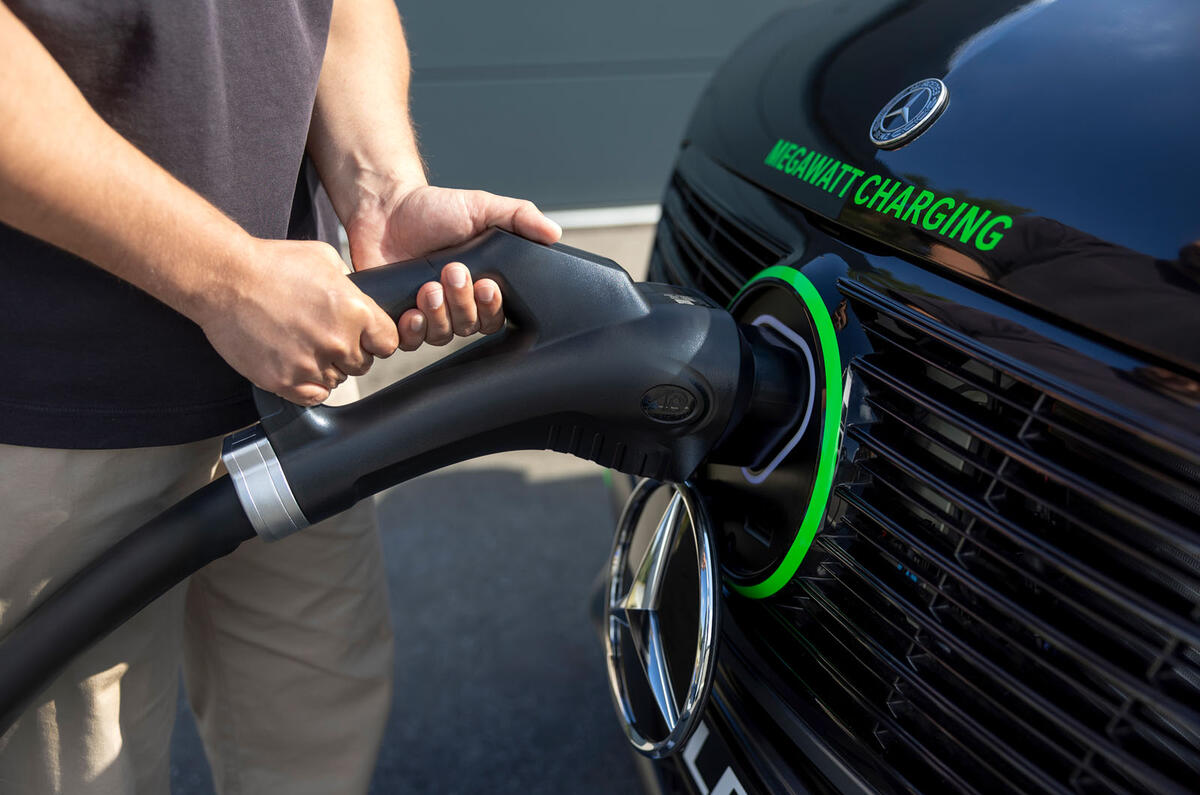
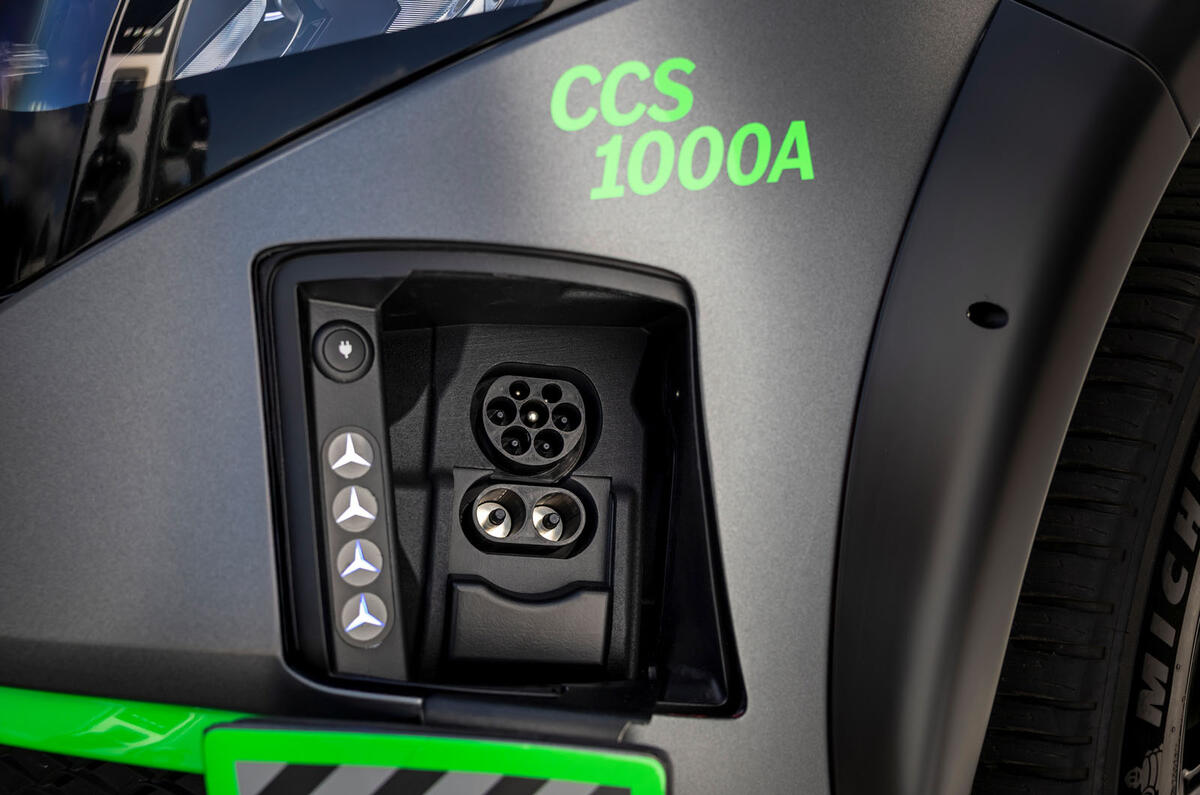
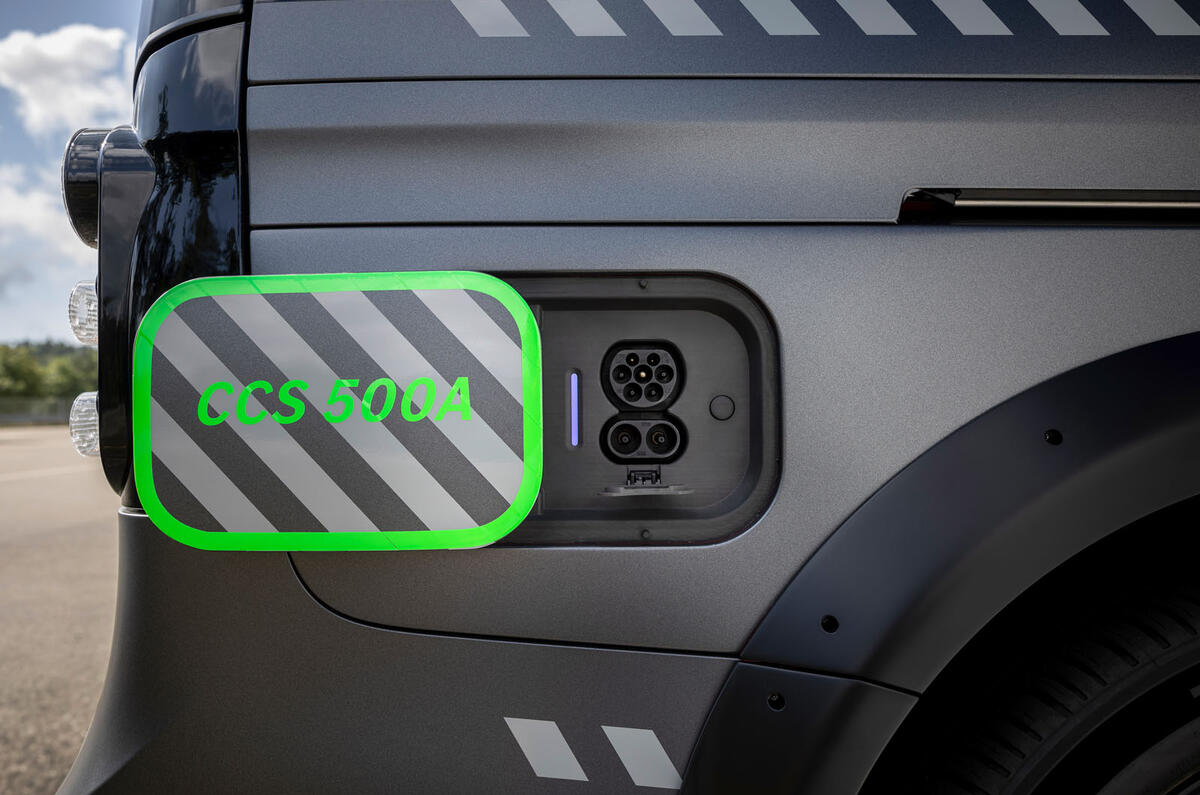
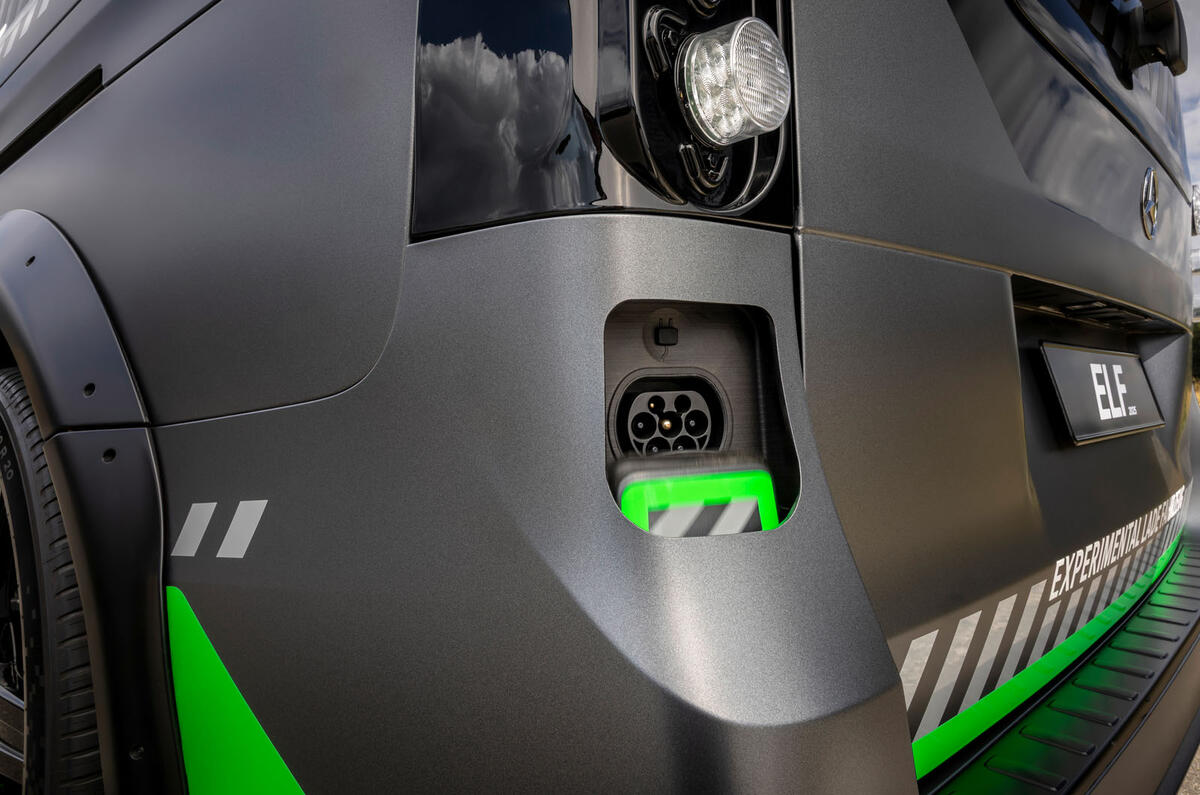
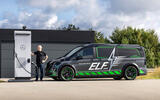
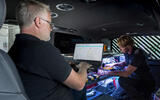
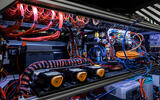
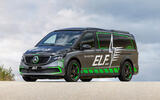
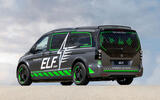
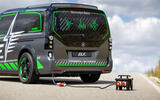
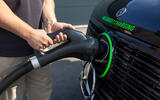
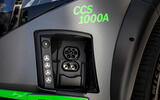
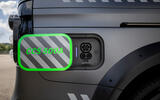
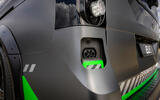

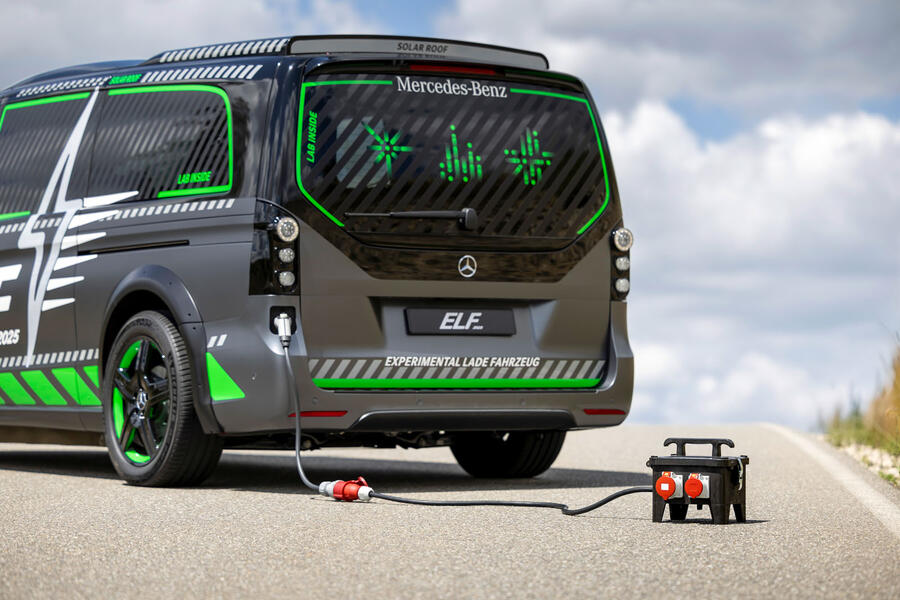
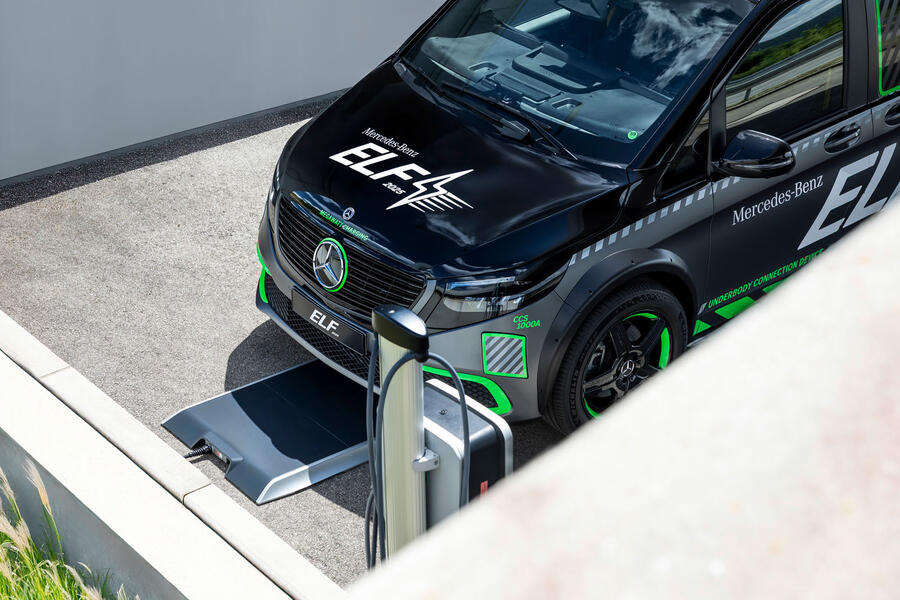


Add your comment